SUMMARY
This is AI generated summarization, which may have errors. For context, always refer to the full article.
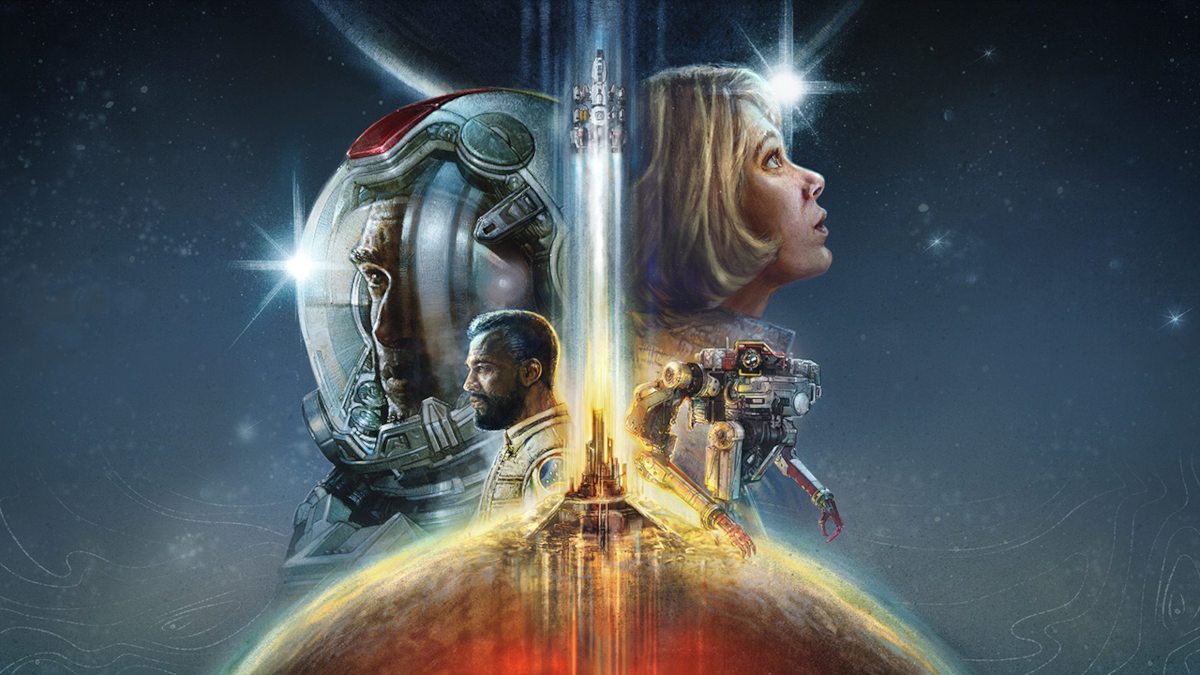
Available on PC (Reviewed) and Xbox Series S/X
Disclosure: Review code was provided by the publisher
As a fan of the Bethesda Game Studios Fallout games, I found myself enamored by the concept proposed of a more hopeful RPG experience that wasn’t drenched in post-apocalyptic stylings.
Starfield, described by art director Istvan Pely in GQ Magazine as “NASA punk,” promised a world in the far future where we had reached the stars and settled across various systems with the help of spacefaring technological advancements.
At the same time, it was not utopian, but rather showed a measure of messiness that comes with the territory of being human.
As such, I wanted to take a different approach with this review.
If the toplines of many reviews might ask about whether the game is good (it is, very much so) or whether this is a bug-free, “It Just Works!” experience (I only encountered one game-stopping bug in my playthrough so far that was easily remedied with a reload) then I thought I’d start by saying that Starfield immersed me in its mysteries, and I found a game where I had the potential to hope for more, not just for my character, but for myself as well.
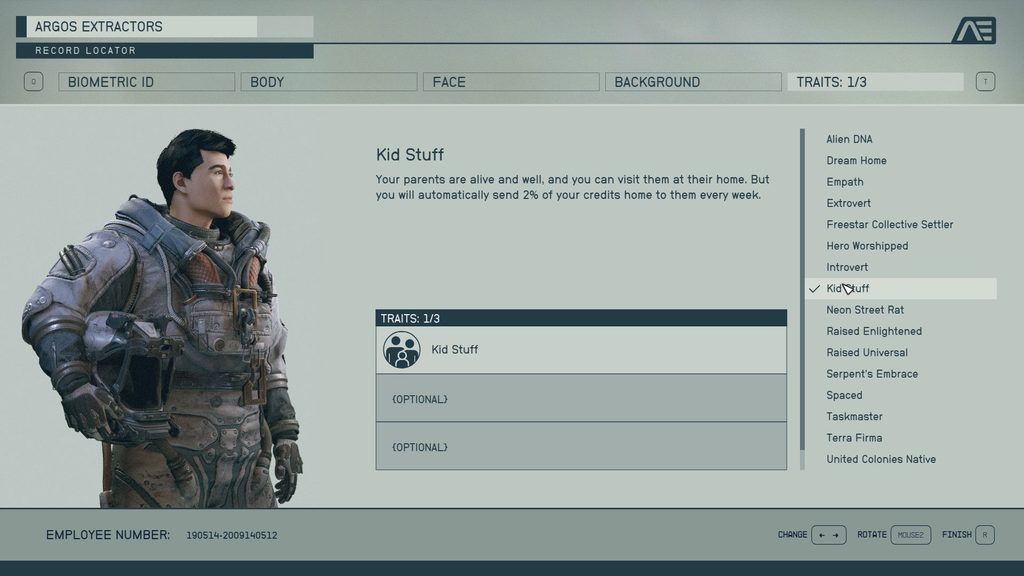
Getting to the action
Starfield gets you into the action quickly.
The game, as some previews have shown (or leaked), sees you starting off as a space miner taking on a job, but an encounter with a mysterious artifact of unknown origin fills you with visions – and a mystery that begs to be uncovered as you progress through the game.
By the 10- to 15-minute mark, you’re creating your character, choosing your starting skills through picking a background (much like The Elder Scrolls games) and some optional traits (that confer positives and negatives depending on what you choose).
I chose the Explorer background and latched onto the idea of picking a trait called Kid Stuff, in which my mother and father are hale, hearty, and living in an apartment in the settled systems, and I could visit and talk to them periodically with new dialogue (and goodies) coming in at certain points. I just send them a bit of money every week or so which is automatically deducted from my credits balance.

By the 30-minute mark, you find yourself fighting space pirates and eventually borrowing a spaceship from your benefactor. From there, it’s up to the stars to do space and landbound combat missions to get yourself through the tutorial moments of learning things.
By hour two, you’ll be able to explore the Starfield… which is a euphemism for the game world’s many systems, planets, moons, and space stations across the cosmos.
Reminiscent game systems
Starfield kits you out in clothing and a spacesuit. While your spacesuit and helmet act as armor, clothes give you minor protections from the elements and bonuses to certain things like carry weight, health, or oxygen recovery rate, among others.
Like Fallout 4 and Fallout 76, the game lets you modify your spacesuit and weapons with various tweaks, but you have to have the resources and must research the requisite set of recipes to do these. The same goes for pharmaceutical items and food.
Past a certain point, you’ll also be crafting industrial items and using resources to build outposts of your own, should you choose to. In my time with the game, I’ve opted not to delve too much into the outpost-building system due to a lack of resources as yet, but it does appear to be a more mid- to late-game sort of system to dive into.
All this said, one thing I have to commend the game for is that it’s really a shooter-RPG.
There’s no bullet-time system implemented like VATS from Fallout, so you’ll really have to be on your game when it comes to shooting. Luckily, you can also eventually get an upgradeable boostpack so you can have better maneuverability wherever you go.
You can also choose how to invest earned skill points so you can get a better handle on combat… though in my time doing quests, I’ve managed to avoid a lot of optional fighting by just talking and persuading people to listen to me.

Starships and space combat
One new wrinkle Starfield has that’s not in previous Bethesda games is its starship. You get your starter ship for free, as I mentioned, but you can also use a ship builder function to add modular stuff like additional weapons or cargo space if needed.
You could also be like me and just buy a new ship entirely after selling off a ton of stuff across your travels. You can have a fleet of ships, though I don’t know just how large a fleet you can own.
Space combat is reminiscent of arcade-friendly space games on PC. In first-person view, I’ve found I just need to get enemy ships within my front view by scrolling accordingly with my mouse while accelerating, wait to lock on, and then I’m good to go shooting.

A role-playing game first, a space sim second
One thing that’s constantly discussed now with regard to pre-release hype is how it treats space travel and also planets. I’m here to report that Starfield is an RPG first and a space sim second.
Space travel across systems or to new planets is streamlined and doesn’t require a ton of flying. You just click on a location on the planet or have your mission log plot the course for you, and travel to that locale without much fuss.
With a decent solid state drive on your computer, load times are quick and painless, and the landing and takeoff animations, while fun, can also be skipped if you wanted to when going to somewhere you’ve already been. There’s a lot of freedom of choice if you want to see your ship fly off or just want to get back to questing.
As I said earlier, this is a space sim second, so while you can explore planets by randomly right clicking on an available landmass on a moon or planet and traveling, most of the quest-specific or otherwise denoted locations on planets and such are well-curated affairs. As for planetary exploration, I will admit I was tempted to test the boundaries of how far I could walk, but this seems more an exercise for people with a lot of time to spare.

Questing, companions and my lone bug
Quests or missions in the game are plentiful and varied, but provide differing levels of emotional or financial payoff.
There are storyline quests you can take on as a necessity, and quests you stumble upon just by hearing chatter and talking to named people in a given area. There are also mission boards you can take missions from that refresh and renew, which earn you credits – to help buy that new starship, I reckon – and help pad out the experience on an already massive game. If you wanted, you could join a given faction or two and work on becoming a bounty hunter or some kind of corporate espionage agent.
There are also companion quests, as the members of the Constellation organization – dedicated to space exploration and uncovering the mysteries of the artifacts – can be turned into friends or lovers if need be. Except Vasco the robot, of course, but I digress.
You can also enlist secondary characters or randomly generated crew members from the bars across the worlds, but the Constellation members seem the most bang for the buck unless you’re trying to do something specific like manage an outpost.

That said, my lone bug across my time playing so far was related to getting locked into a dialogue screen. While I was disengaged from battle, I was trying to interact with my companion to trade gear to them, but then an enemy showed up off screen, and prevented me from closing the dialogue interface, as my companion started blasting at them.
The screen would track my companion moving around while I’m stuck. A reload of the game to an earlier save remedied that, but that was the only bug I encountered that stopped progression cold.
Finding hope in the stars
Now, I chose the optional trait Kid Stuff because of one thing… seeing a family whole and happy.
No matter the lightyears of distance I traveled on my starship in search of answers to the artifact conundrum, my in-game dad and mom would support me in my endeavors and were proud of me, happy at my return to their apartment.
It reminded me of my real-life parents, who love and support me, even if they don’t always get why I play games for leisure.
I think, in a completely different lifetime, I’d like to make sure I can take of them the way they’ve supported me. That’s what Starfield reminded me of: that despite any distance of time or circumstance, and through moments of sickness or despairing, we’d be there for each other as a family.
I’m nowhere done with the game, but I expect I’ll be spending many a comforting moment in it, while reminding myself that the real world could also use some hope and well wishes.

Starfield lets me hope for the future, a future where even though the world remains messy, I can still dream of better, brighter things on terra firma and far beyond.
That’s definitely worth the price of admission, curious magical space artifacts notwithstanding. – Rappler.com
Add a comment
How does this make you feel?
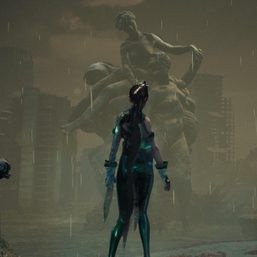
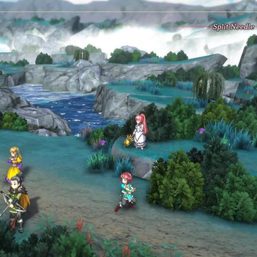
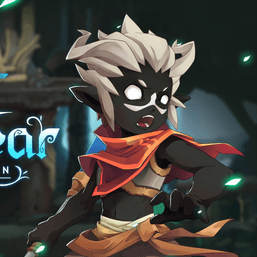
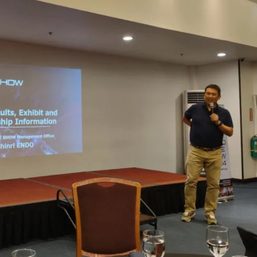

There are no comments yet. Add your comment to start the conversation.